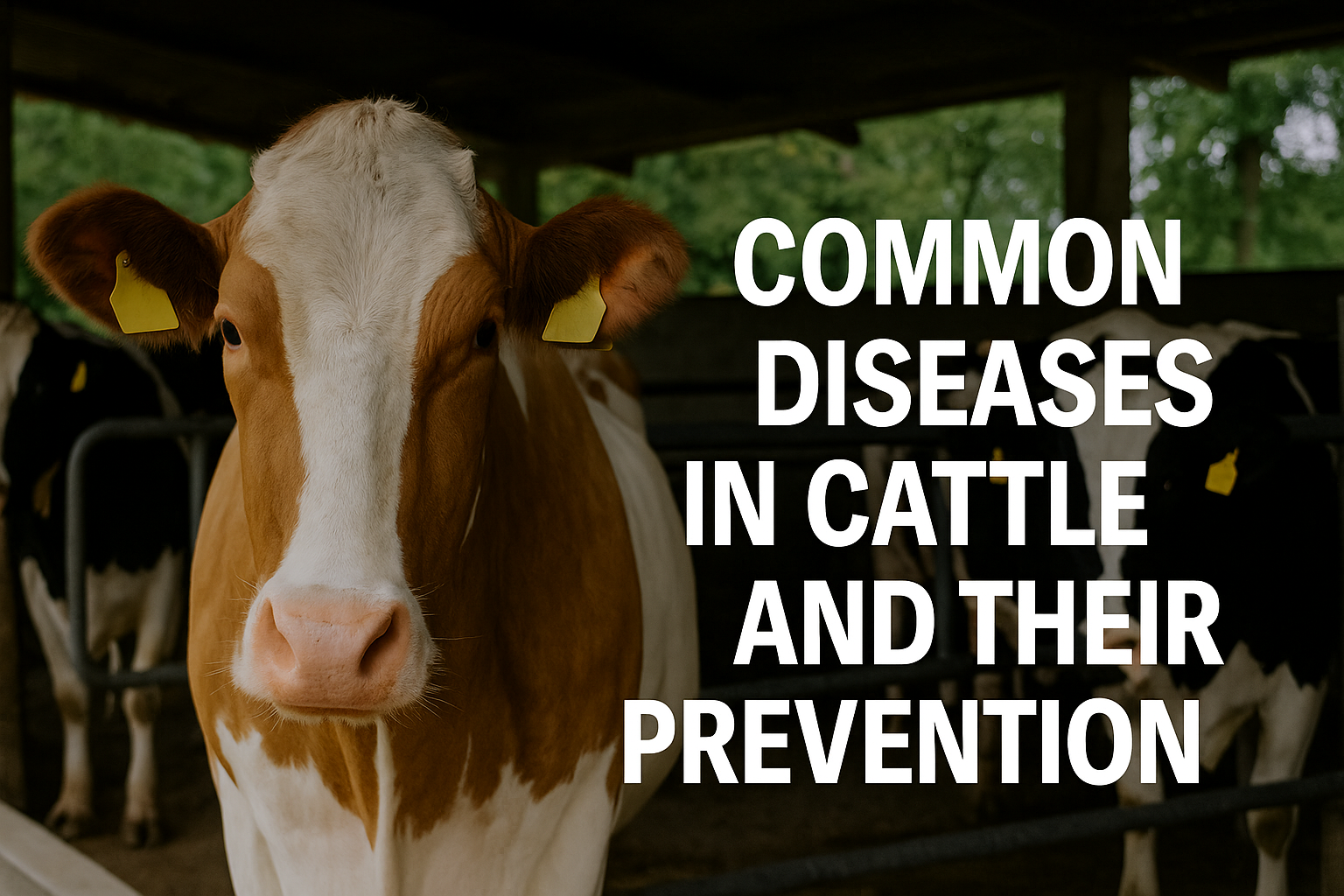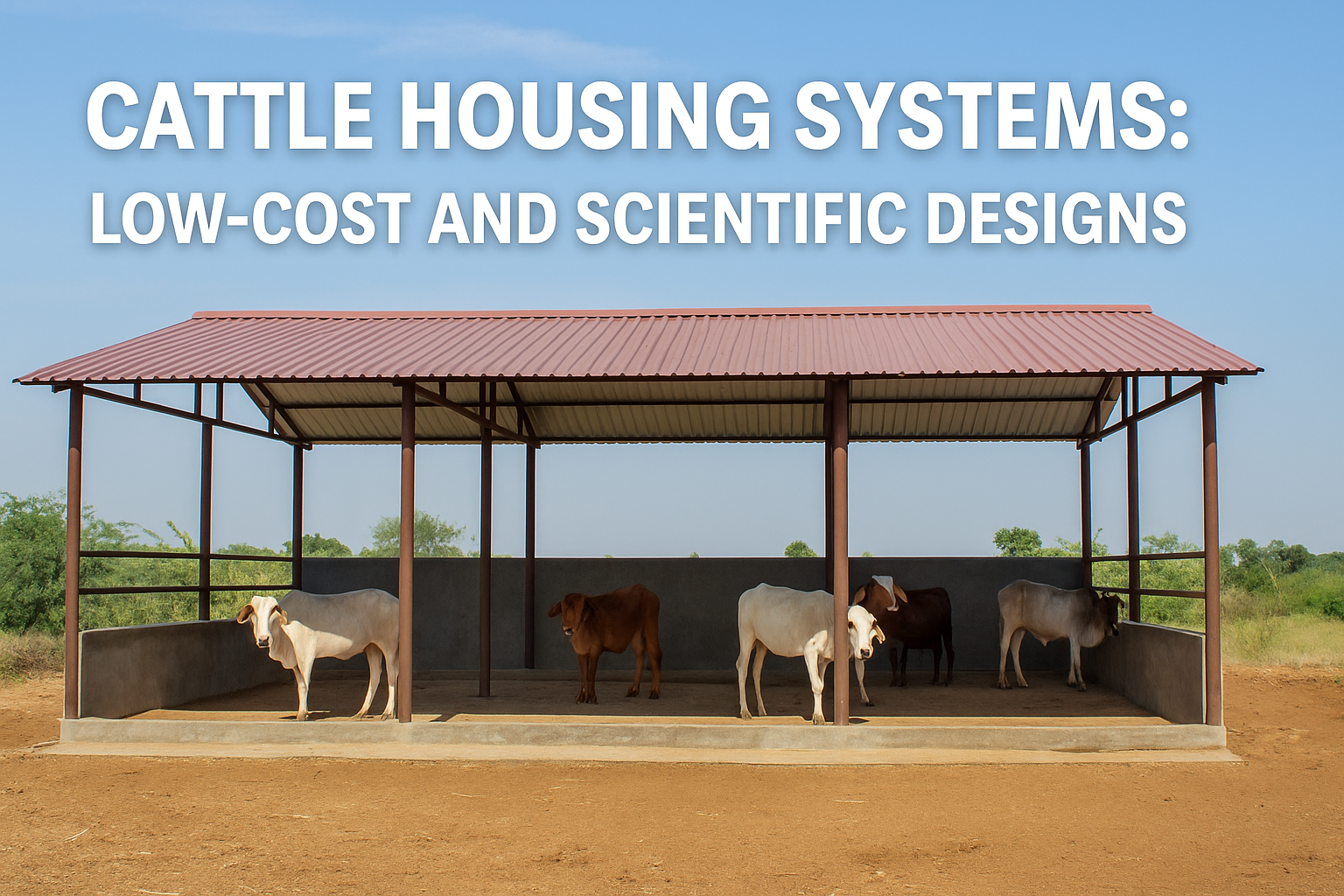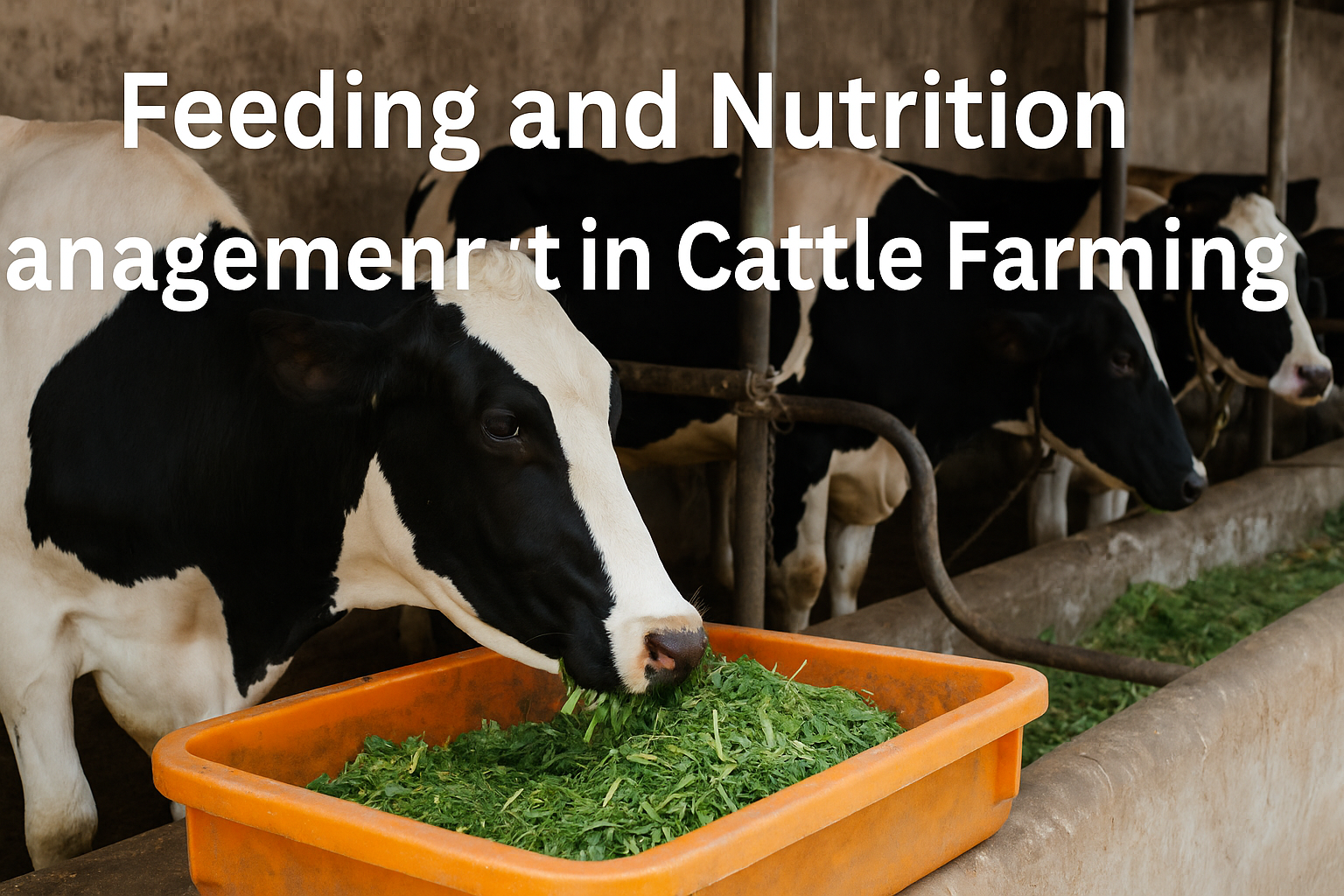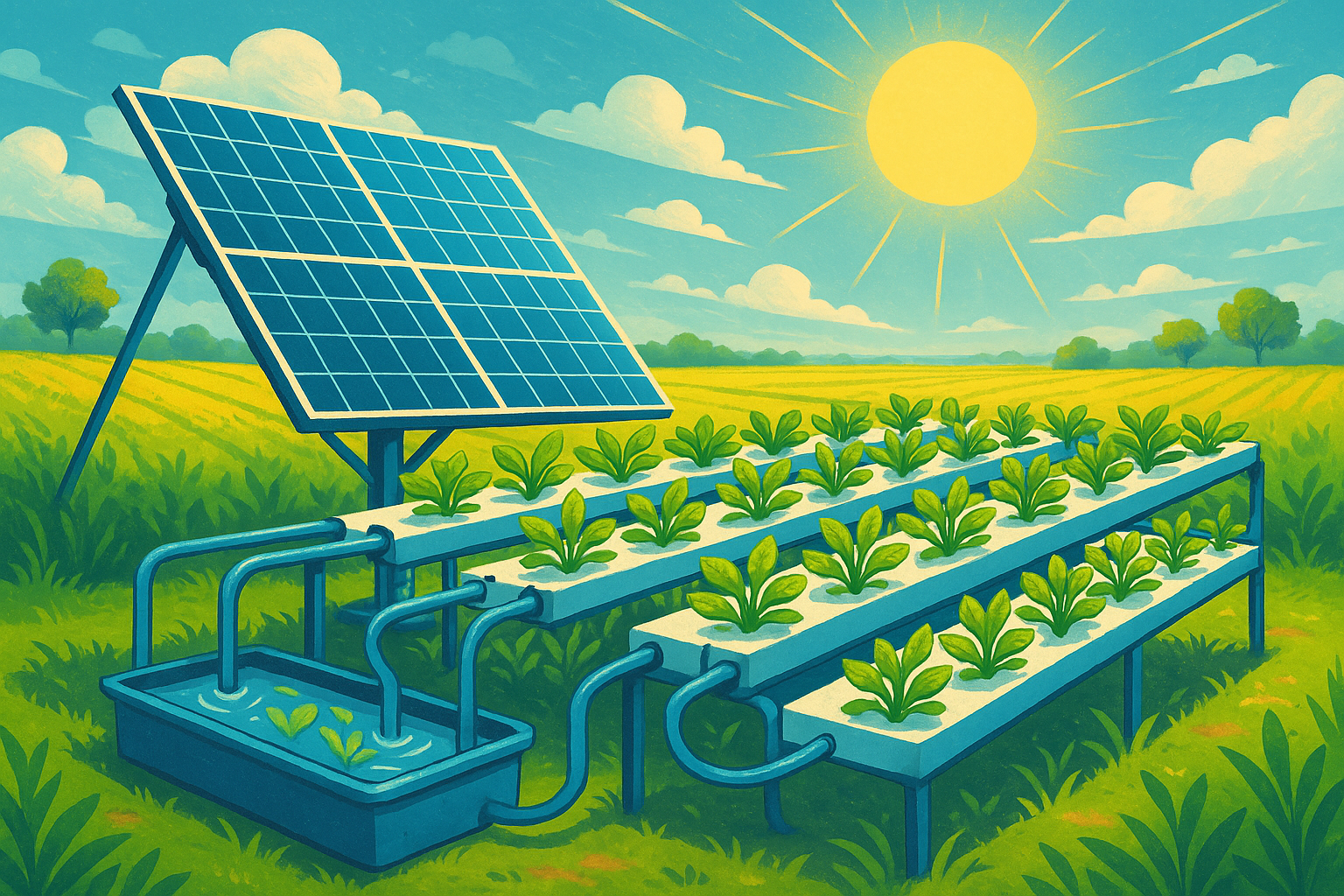Cattle farming has been the backbone of India’s rural economy for centuries. From milk and manure to draught power and employment generation, cattle contribute significantly to both agriculture and livelihoods. With India being the world’s largest milk producer, the scope of cattle farming continues to expand rapidly.
Importance of Cattle Farming
- Milk Production – India produces over 200 million tonnes of milk annually, and cattle contribute the largest share.
- Draught Power – In rural areas, bullocks are still used for ploughing and transportation.
- Manure & Biogas – Cattle dung improves soil fertility and is used for biogas production.
- Employment – Millions of farmers depend on cattle rearing for daily income.
- Cultural Significance – Cattle hold a vital role in Indian traditions and festivals.
Scope of Cattle Farming in India
- Rising Demand for Dairy Products – Milk, ghee, paneer, and curd consumption is increasing.
- Government Support – Subsidies, loans, and training programs encourage farmers to take up cattle farming.
- Value Addition – Processing milk into cheese, yogurt, and sweets increases profits.
- Export Opportunities – Indian dairy products are gaining demand globally.
Conclusion
Cattle farming is more than just an agricultural practice—it’s a sustainable livelihood. With proper breed selection, scientific management, and healthcare, cattle farming can become a highly profitable venture for both small and large farmers.










Leave a Reply